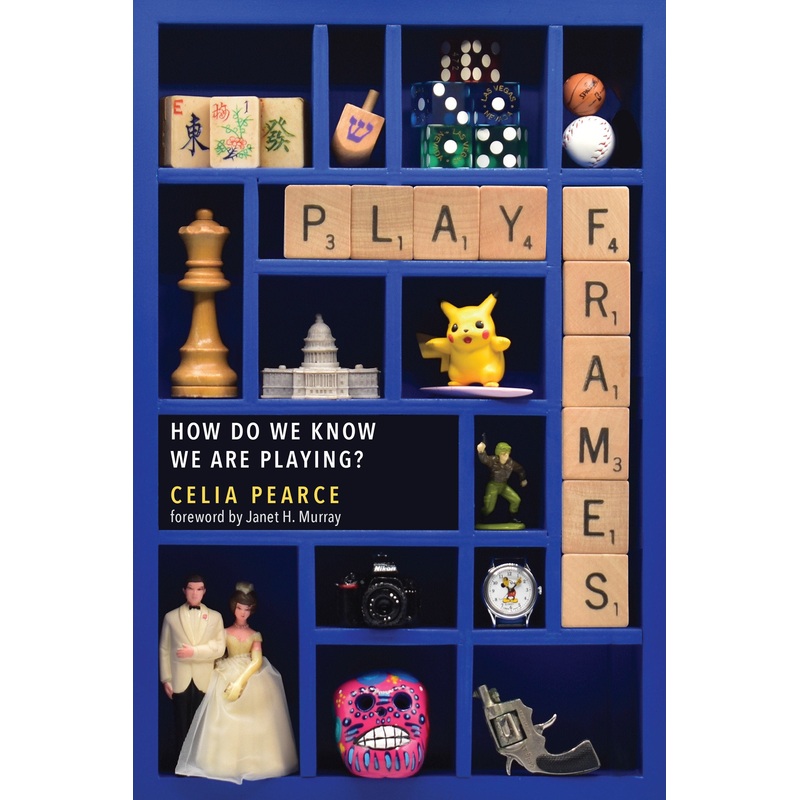How Do We Know We Are Playing?
An exploration of how we know were playing and what happens when we dont.Playframes builds on the work of Gregory Bateson and Erving Goffman to take a deep dive into Batesons primary question: How do we know were playing? In this book, Celia Pearce addresses this question by building a comprehensive theory of the specific mechanisms that metacommunicate the message this is play. This big tent approach covers a broad swath of playframes, ranging from theme parks to cosplay, board and video games, and sports, and describes how spatial and temporal frames, as well as artifacts such as costumes and uniforms, toys, and sports equipment, let us know when a play activity is underway.Pearce teases out distinctions between ritual and play activities, including social practices in which they merge or are indistinguishable, as well as incidents of frame breach or misalignment, where participants perception of what is going on diverges. These principles are illustrated with a series of four topical studies that explore various scenarios in which play and non-play contexts are juxtaposed or blurred. These span from delightful (fan convention cosplay and simulated and virtual weddings) to confusing (virtual currency and bitcoin) to dangerous. Building on recent research, the book culminates with an in-depth analysis of the gaming roots of the January 6 Capitol insurrection and argues that playframe breach and deliberate misalignment were the major contributing factors.
About Artists & Writers:
Celia Pearce is the author of Communities of Play (MIT Press) and IndieCade: A History. Her award-winning game designs include Virtual Adventures and eBee, an electronic quilt game, which won the 2017 award for Most Innovative Board Game at the Boston Festival of Independent Games. She is also a cofounder of IndieCade and Co-Executive Director of the Playable Theatre Project.






Reviews
There are no reviews yet.